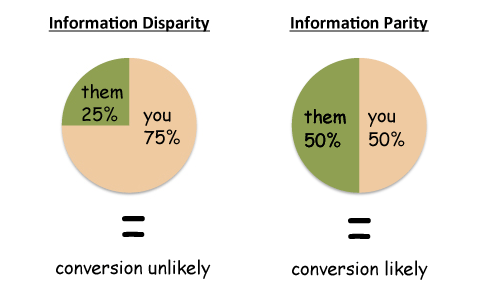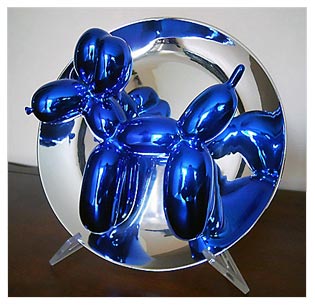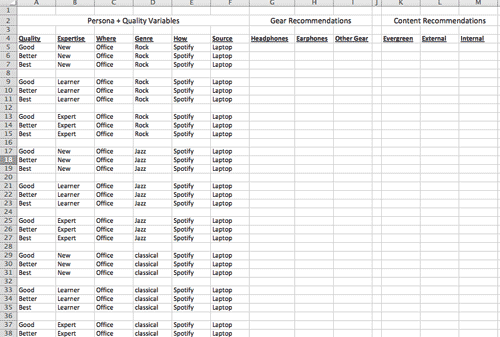Good, Better, Best – Why Information Parity Helps Sales

Does Your Site Create Information Disparity?
One of the most important CSFs (Critical Success Factors) we’ve discovered working on our Triangle Startup Factory funded startup called Curagami is how crippling information disparity can be for online merchants and B2B content marketers. Visitors arrive on a website with expectations. Meet those expectations and your chances to convert go up. Disappoint or create information disparity and visitors don’t become buyers or advocates.
Matching The Information Hatch
Most websites have three kinds of visitors:
Information disparity begins when any one of these “personas” or visiting groups can’t find relevant and easy to process content. Feeding newbie content to experts doesn’t work nor does asking newbies to be experts. Content must “match the hatch” or cater to the group consuming the content.
“Batching and Blasting” or creating complex navigation customers must figure out gives up an important chance to win a new visitor’s heart and mind by making it easy to discover information parity. Any content worth learning has a learning curve. Newbies don’t expect to become experts overnight. The idea is to create content and easy to find paths for each group.
Mapping Purchase Intent
Purchase intent lies quietly inside of each persona. Purchase intent information needs macro-definitions such as:
Budget and expertise aren’t always related. I’m a “learner” audiophile so part of the middle “Learer” group for Curagami’s beta partner and high end audio cable manufacturer Moon Audio. Every trip to my friends at Moon Audio I hear gear I love but can’t afford (i.e. gear that is “Best” for the “Learner” group). Usually I can afford “Better”. I look for inexpensive ways such as adding Moon Audio’s Sliver Dragon headphone cable to help mimic much more expensive (“Best”) setups.
The trick for the “Better” group is mimic as much of the aspirational “Best” group as possible without asking Better shoppers to spend money they don’t have. The trick for the Good group is to make good choices easy to upgrade into the Better gear as expertise and comfort grow.
Best shoppers have enough budget to compromise less than either Better or Good groups. “Best” suggestions should range from the practical but high end to the crazy and aspirational.
- Good = good “introductory” choices easy to upgrade to Better.
- Better = great Better choices that may mimic aspirational BEST products.
- Best = awesome BEST choices with a touch of crazy “aspirational” products.
Understanding Aspirational Merchandising
The “Best” category is why my FoundObjects.com partner Janet McKean sold A $5,000 Jeff Koons limited edition Balloon Dog plate in the store she managed at the Museum of Contemporary Art (MCA) in Chicago.
 “How many Koons plates have you sold,” I asked Janet one day (back when I was married to her) and she smiled a big smile before saying, “none”. When I asked why she was so happy about not selling any expensive plates she explained. The plate was there so she could sell the small $20 TO $100 items by Koons and they were selling like hotcakes. The Balloon Dog plate was an aspiration.
“How many Koons plates have you sold,” I asked Janet one day (back when I was married to her) and she smiled a big smile before saying, “none”. When I asked why she was so happy about not selling any expensive plates she explained. The plate was there so she could sell the small $20 TO $100 items by Koons and they were selling like hotcakes. The Balloon Dog plate was an aspiration.
If someone bought the plate it would be fine, but the plate was really there to help sell the other items. People who were NEW to contemporary art or the work of Jeff Koons could buy a less expensive gift and have a great story to share (about Koons or the $5,000 plate). People who were expert enough to realize the $5,000 limited edition Koons plate was a bargain would eventually buy her set piece.
Janet predicted her “aspirational merchandising” perfectly. The $5,000 plate needed time to “cook”. As it was cooking she sold $10,000 worth of smaller Koons gifts. Just as she was running out of smaller gifts an expert bought the plate. Too few websites merchandise as intelligently as Janet. Websites don’t understand how personas influence buying intent. They “batch and blast” content asking visitors to figure out what they need. Once a competitor understands aspirational merchandising by buying intent and personas the game changes.
Mapping To Achieve Content Parity
A website needs to achieve content parity with each buying group ASAP. Content parity, when content found matches a customer’s expectations, provides a huge boost to conversion and purchase intent. Confused and disappointed customers do many things but buying or subscribing to an email list are rarely among them. Customers buy when expectations are met, aspirations recognized and relevant content is shared.
The rub is a website may have content and information parity with one visiting group and be out of sync with another. The trick is to map your content to your groups and buying “dimensions”. Here is what we are using Curagami to map for Moon Audio

By mapping content and gear to expertise, Good, Better, Best and other relevant merchandising variables such as “where” and “on what” Curagami helps create information parity fast. Information parity creates trust. Once trust is established Moon Audio can create an ask such as “Buy Now” or “Write a Review” or “Share Your Experience”. Asking customers for anything BEFORE information parity is a non-starter.
Confused customers do many things buying is rarely one of them.
Worth repeating
If you want your customers to “buy” then match content to your site’s visitors (new, learning or expert) and meet their budget needs with a dash of aspiration merchandising thrown in for fun and entertainment.
Make it easy to buy, share and advocate and good things happen.
Latest posts by Martin (Marty) Smith (see all)
- The New Ecommerce: Current Best Practices - August 18, 2014
- Can Subscriptions Smite The SEO Giant? - August 11, 2014
- Invisible Giant: Why Its Hard To See the New SEO - August 4, 2014

